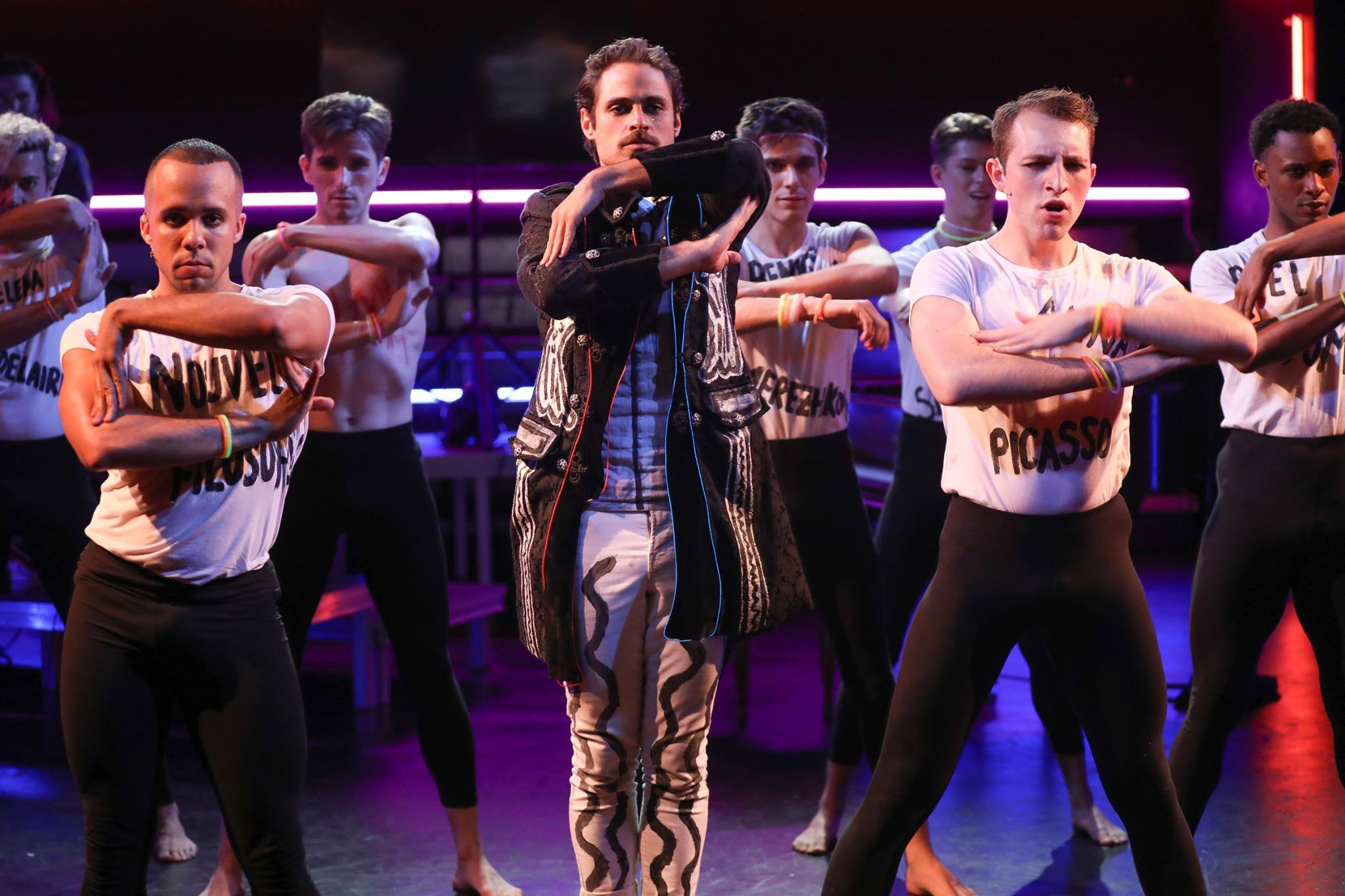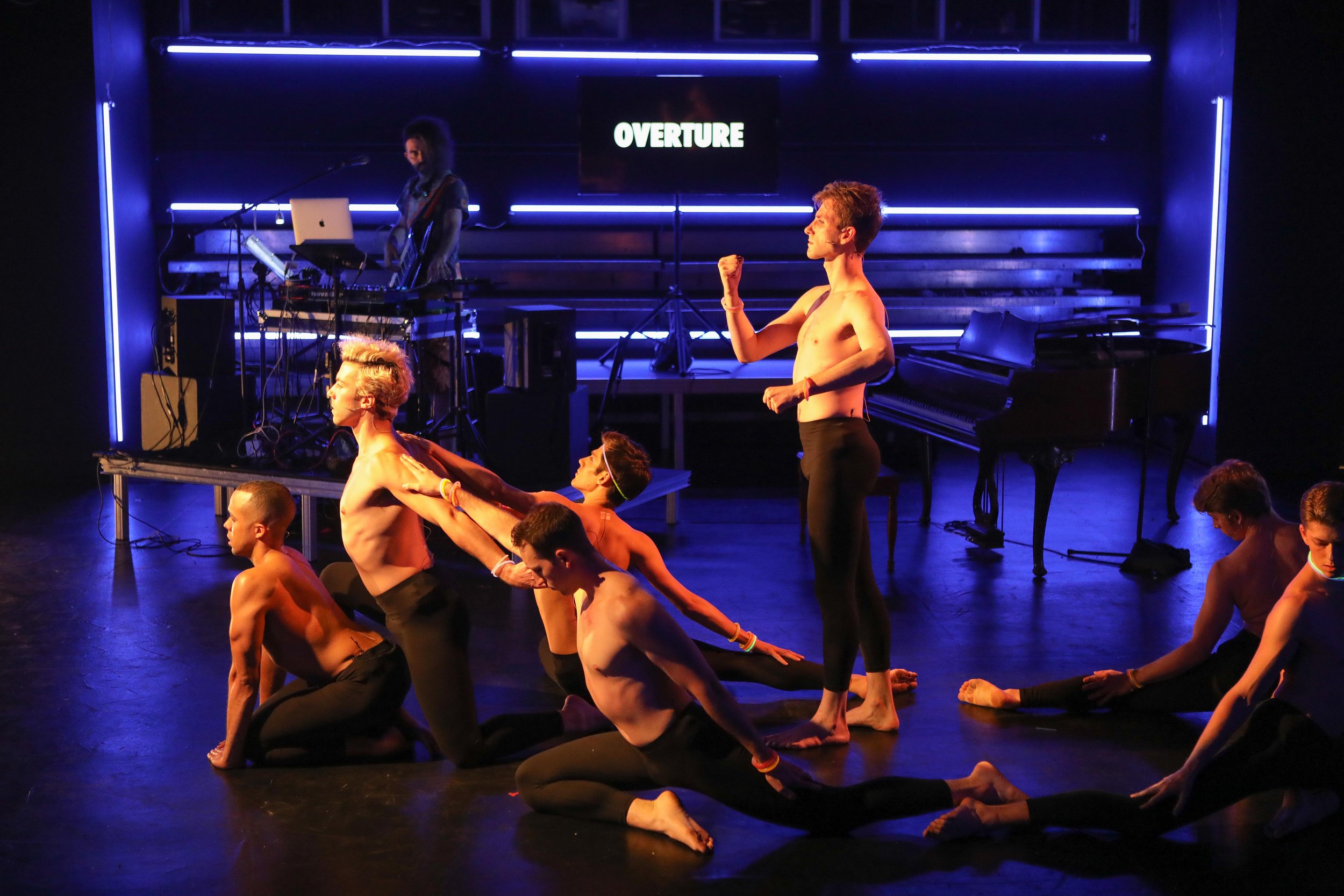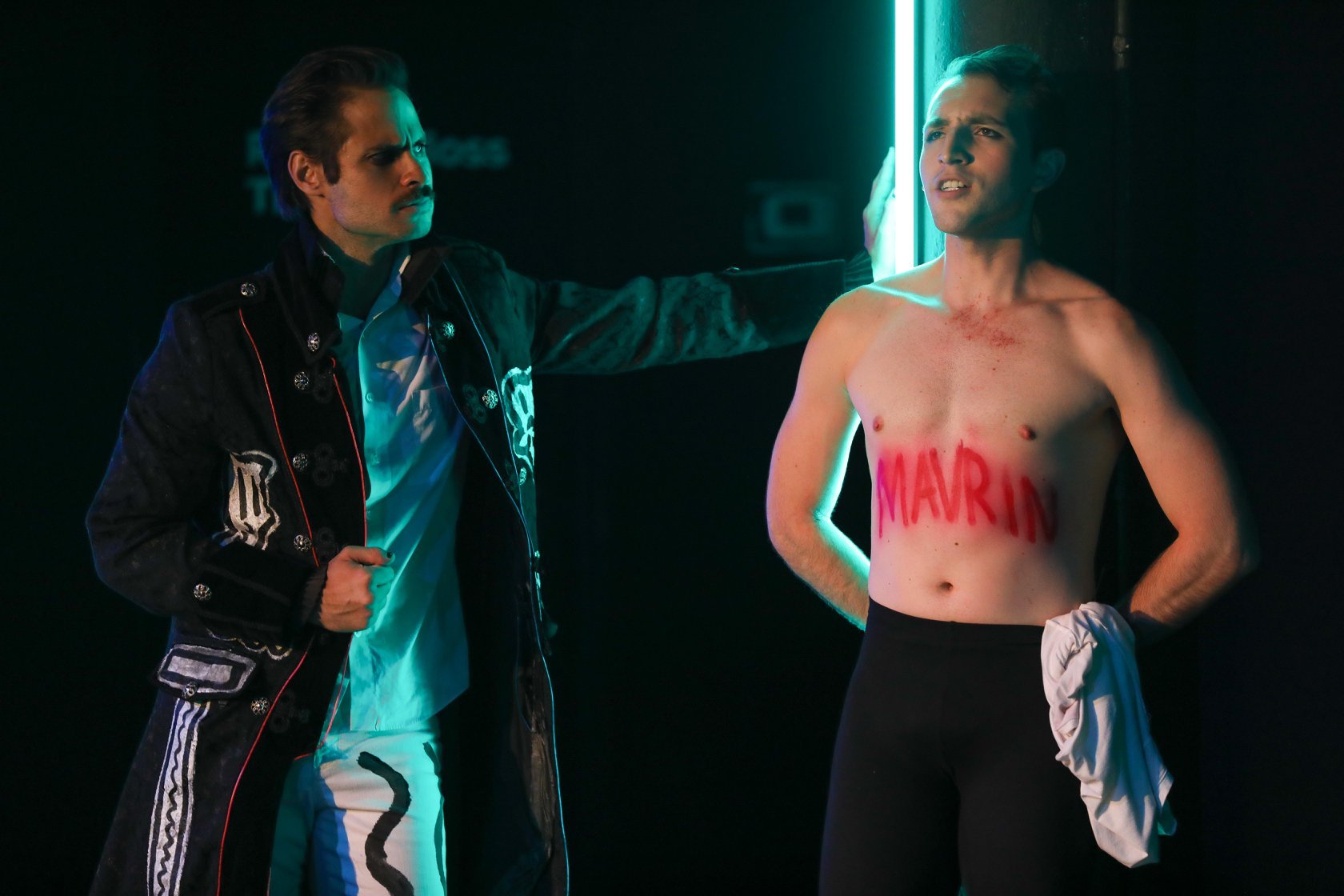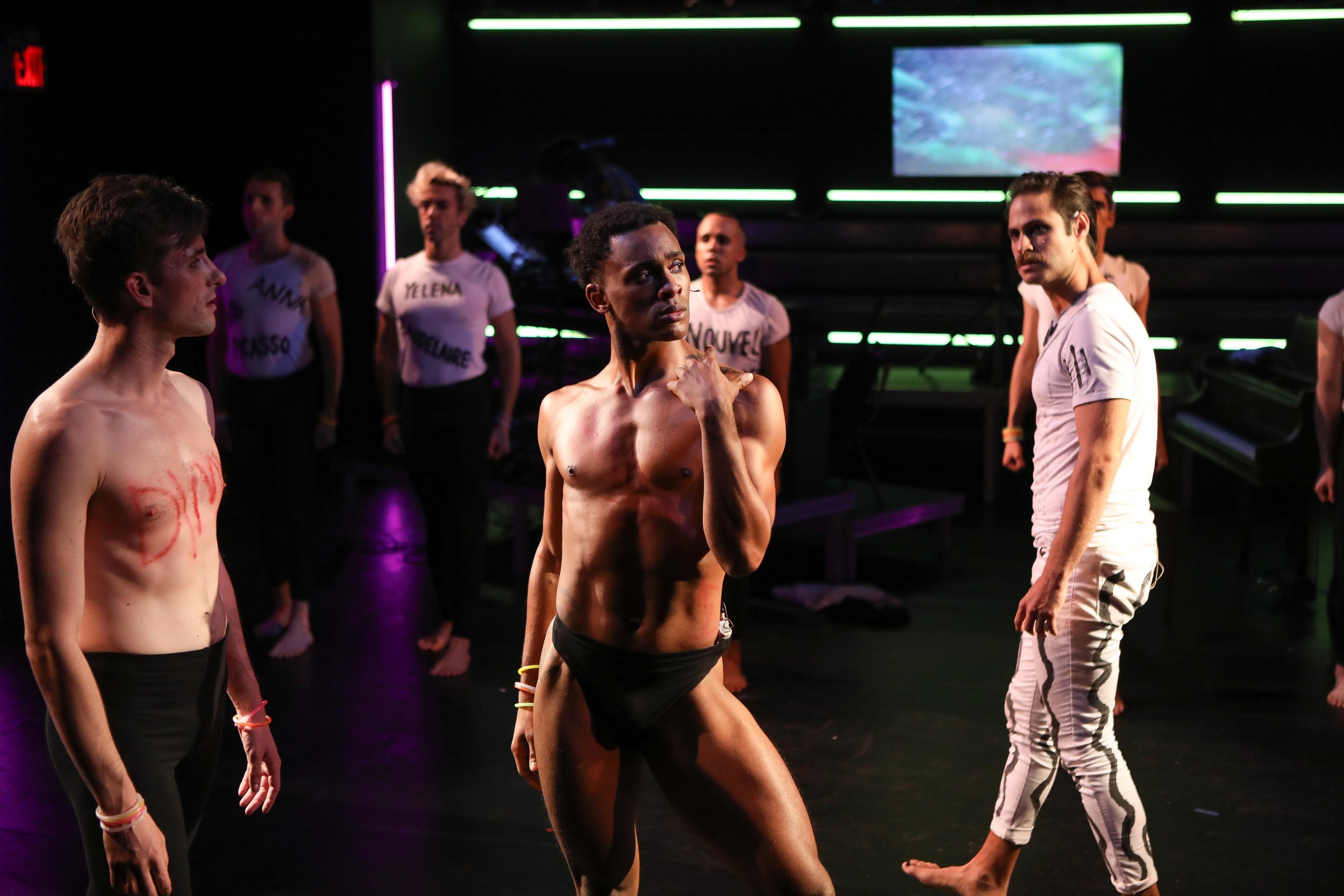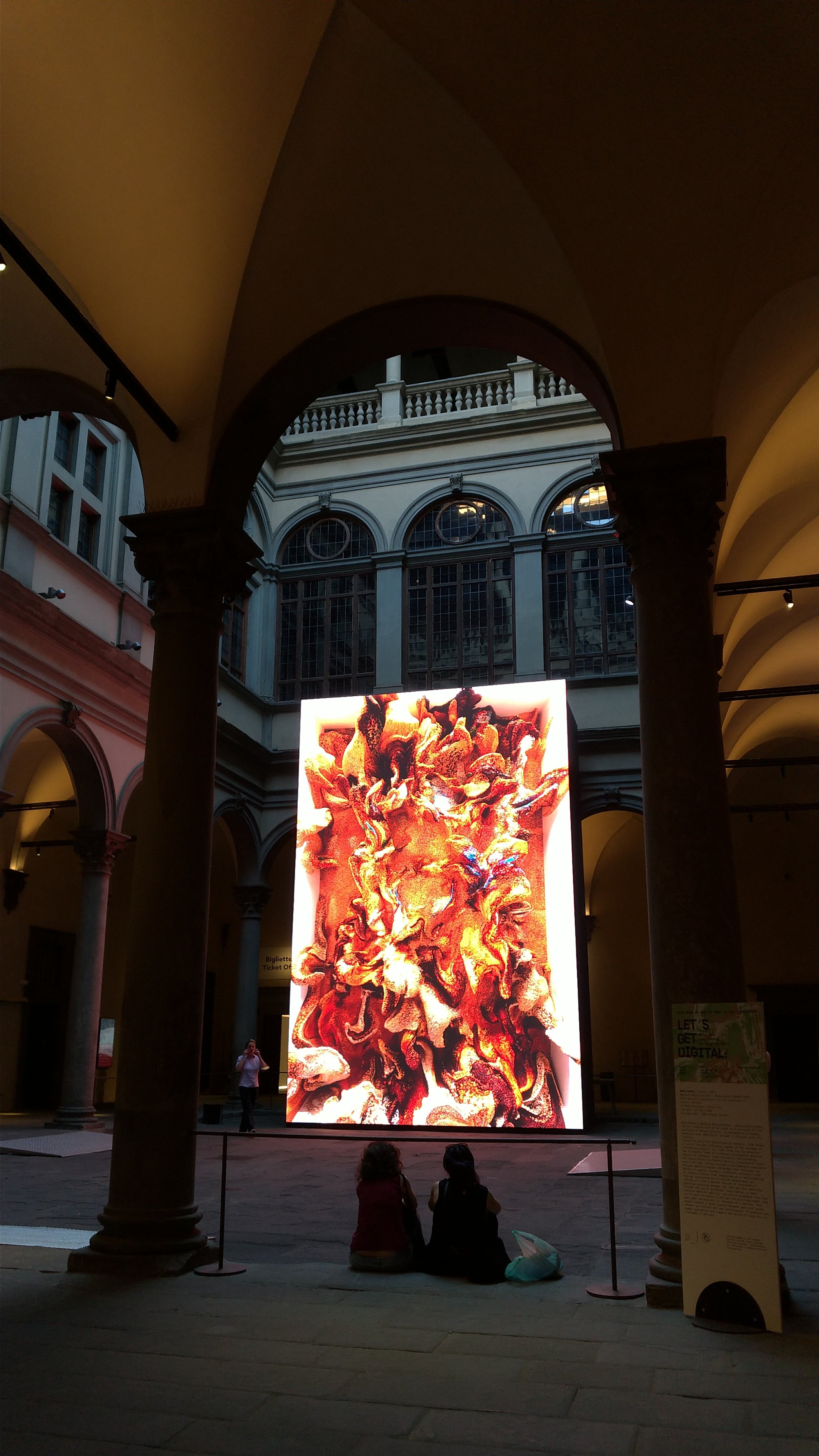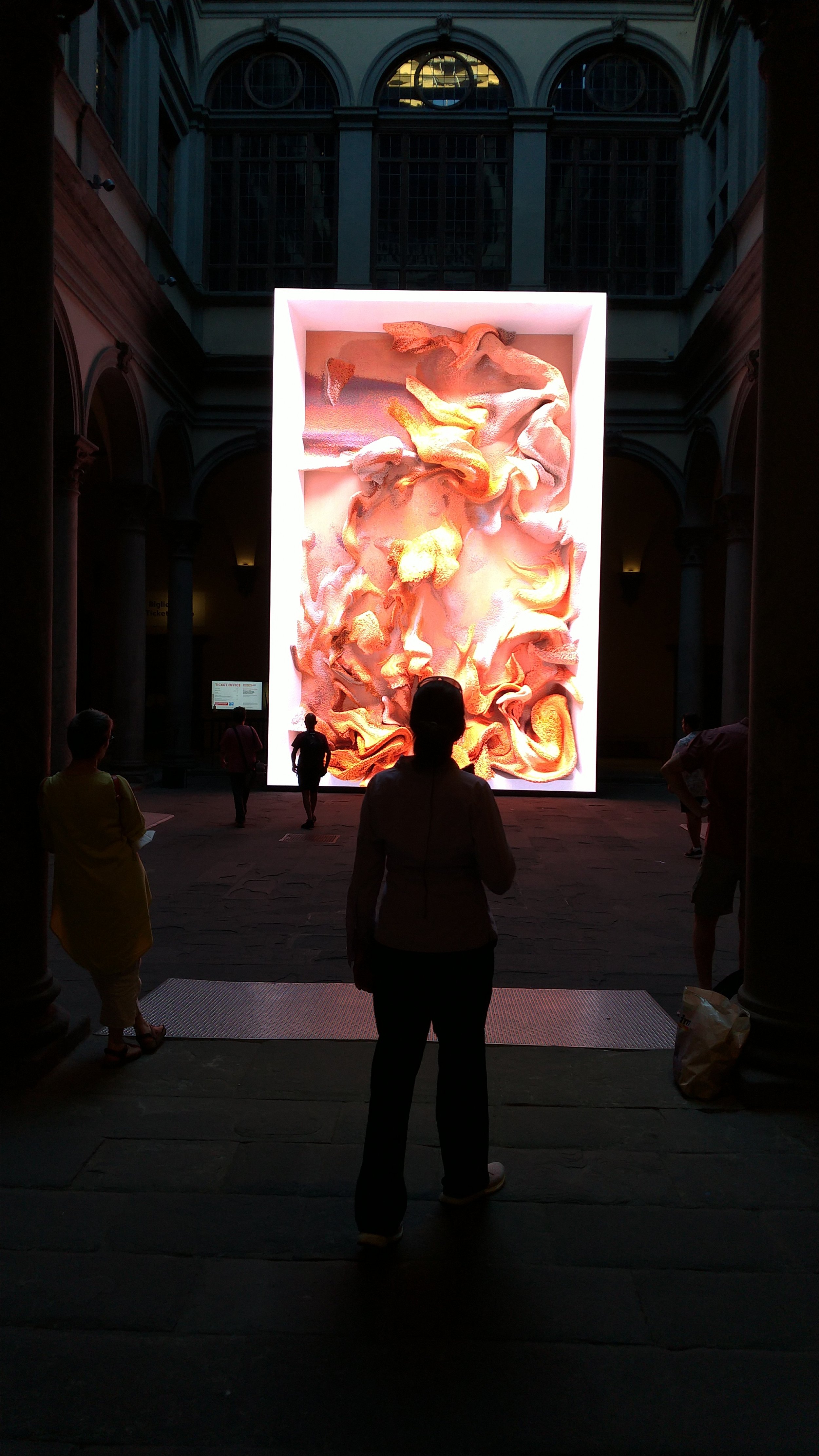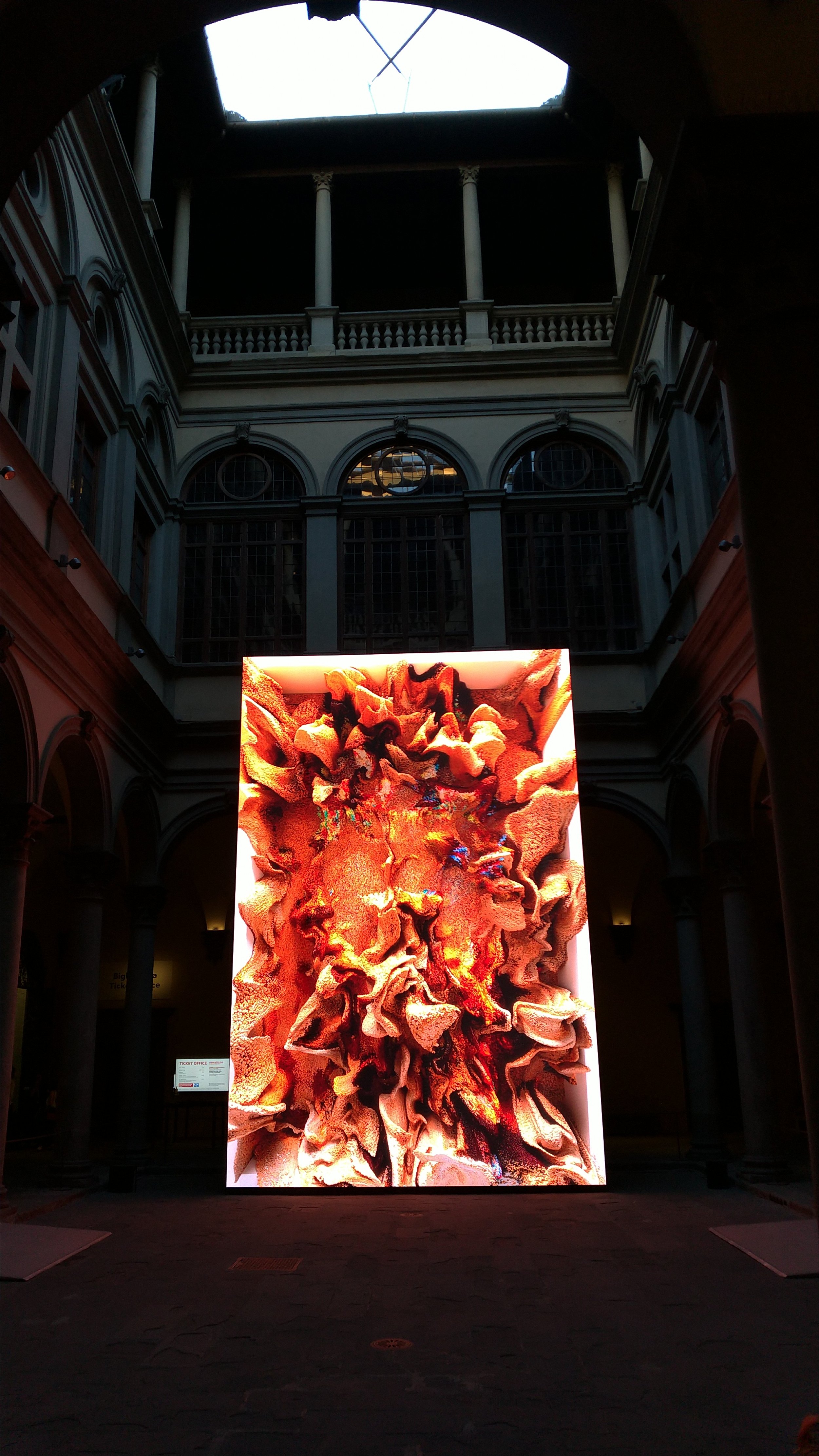Thanks to a stroke of luck, I have found myself again in Florence exactly three years after my first visit. Upon exiting on Via Santa Reparata, the huge, heavy door of the 16th century palazzo closes with a thump behind me, like a sound cue that prompts me to pick up the exploration from where I left off back in June 2019. The familiar San Lorenzo dome at the end of the street offers instant orientation, whereas from the very first step my feet remember the unbelievably bumpy and slippery cobblestone. Barely have I walked half a block, when the realization is taking shape: this trip may have in store its own discoveries and thrills, but it will be a continuous comparison to “last time”...
Joyful as a small child I reunite with a decorative detail which, when I had first discovered, I wanted to stop all passers-by and share it with them: I couldn't understand why they were not raving as much as I was at the view of the cast iron turtles that stand on the base of Palazzo Fenzi's balconies on Via San Gallo (the palazzo now houses University of Florence departments). Placed at pedestrian eye level, the turtles and I would come face-to-face several times a day, for three weeks. (Later I started locating turtles at other spots as well -like on the bases of the Piazza Santa Maria Novella obelisks-, until I finally found out that they are actually a Medici symbol.) Reuniting with such a tiny but tangible detail makes a difference -it stimulates memory and grabs you by the throat!
But I also realize something else: I feel as if I'm accompanied by the gaze (or the spirit) of a Law School student from 1890 Saint Petersburg. Sergei Diaghilev (1872-1929), legendary founder of Ballets Russes and modernism archpriest (he collaborated with and championed figures ranging from Stravinsky and Nijinsky to Chanel and Cocteau), was initiated early -and irreparably- to the Cult of Beauty. A pivotal spot in his initiation was his Grand Tour -the de rigueur trip for every young Russian (or European for that matter) aristocrat to the ancient monuments of the Mediterranean, to Renaissance Italy and also to the major European cities.
In the new musical MANIFESTO: The Diaghilev Project (which, incidentally, I directed at the Robert Moss Theatre in New York in 2018), the Grand Tour sequence was central, culminating in the meeting of awkward 18-year old Sergei with Michelangelo's "David", symbol of the Renaissance, and of Florence. Thanks to the ingenious writing of Nathan Wright, the exhilarating music of electro-pop composer and classical pianist Dustin Gledhill, and the sensual choreography of Brad Landers, we breathlessly watch Diaghilev's (Marc Sinoway) revelatory contact with Renaissance -literally, since the ideal sculpture is embodied on stage by Deon Releford-Lee.
"MANIFESTO" attempts to answer the question "How do you live your life according to your ideals?". Diaghilev fought hard to remain faithful to his doctrine -a lover of Beauty till the end. This is actually the narrative vehicle of the play itself, since the visionary impresario's life unfolds through the voices and the bodies of his eight lovers.
Impossible by now for me to separate “David” (therefore Florence) from "MANIFESTO", and, as I'm wondering "are we what we see or do we see what we are?", I arrive at the Palazzo Strozzi. I enter the shady, atmospheric ground floor and I look up at the immensely tall floors of the bankers' dynasty former palace. A barely heard other-worldly music draws me toward the center: in the atrium an AI (Artificial Intelligence) visual art installation turns out the be the closest I have ever come to a hallucinatory artistic experience. On a 27-by-18-feet LED wall, emerging colors -something between lava and powder- explode and melt into hypnotic combinations, like tongues that devour you and uplift you. The sense of time is shuttered in the bursting powders, and I turn into a pillar of salt. No surprise when we find out that Turkish media artist Refik Anadol's work is titled “Machine Hallucinations – Renaissance Dreams”. Maybe the 1890 young pioneer who was aspiring to become a musician is floating somewhere in the air, attracted by the feast of color.
This essay first appeared in Greek in the TA NEA newspaper (in print and online) on July 22, 2022.
It was reproduced by HellasJournal.com.
Το κείμενο αυτό πρωτοδημοσιεύτηκε στην εφημερίδα ΤΑ ΝΕΑ (έντυπη και ηλεκτρονική έκδοση) στις 22 Ιουλίου 2022.
Αναδημοσιεύτηκε από το HellasJournal.com.
Για να διαβάσετε το ελληνικό κείμενο, κάντε κλικ εδώ.
